Low enrollment causes AP Physics 2 class to be combined with a separate AP Physics 1 class
August 12, 2019
With low enrollment at the start of the 2019-2020 school year, Advanced Placement (AP) Physics 2 was removed on the first week of school from Bonita Vista High’s (BVH) class selection, leaving several students without their preferred science class.
Although, due to requests from administration to allow students interested to continue taking AP Physics 2, the class was re-implemented as a combined class with sixth period AP Physics.
As stated by Physics teacher Elan Hiller, the AP Physics 2 class has normally had around twenty students each year. In recent years, it has been combined with AP Physics C, an engineering physics class to combat the low enrollment in both classes, though this year, it was combined with AP Physics 1.
“I had a student last year who really wanted to take AP Physics C,” Hiller said. “This young man did a lot of recruiting on his own and got students from other classes that were interested and gathered enough people to form a class [that could be supported by the school].”
The cause for low enrollment does not have a definite answer, though both Hiller and Principal Roman Del Rosario, Ed. D, believe that it is due to more options for classes at BVH and the rigorous content this particular class provides.
“[AP Physics 2] has a lot of context,” Del Rosario said. “This year and the last year we have added new electives such as, Anatomy and Physiology, AP Computer Science Principles, AP Computer Science and Marine Biology, all of which add to more competition and less students in particular classes.”
Depending on next year’s enrollment and the interests of students, there is a chance of either the AP Physics 2 class or AP Physics C coming back, similar to the previous year. Considering the current state of the class, Hiller expresses that if there were to be another year of this combined class, then students would have to be very determined and independent enough to balance the workload. Though, Del Rosario and Hiller stress that if students recruit others to join the class, it is a definite possibility for an individual class for AP Physics 2 to return in the following year.
“It’s not 100% ideal [to have a combined] because it creates a situation where students have to be very disciplined,” Hiller said. “I can work with them [sometimes], but the majority of the time is used to teach AP Physics 1. These students have to understand that going in and must be very disciplined to work about 70% of the time independently.”
Currently, the class is going to be run in a “flipped” manner, where the students watch videos to write notes and understand concepts. Then in class they work on worksheets together and ask Hiller questions that they need answered to further develop their understanding.
“I feel that [having a flipped class] will be a dramatic change as I do not have enough time outside of class to listen to a whole lecture because of my extracurricular activities that I have almost everyday, but I will have to adapt to [this teaching style],” current AP Physics 2 student and junior Alan Orozco said.
According to Del Rosario, the district provides the school with a certain allocation annually in order to prevent an imbalance in class sizes. This allocation is found by taking the number of BVH’s general education students and dividing that by 28, a ratio negotiated by teachers and the district.
“Most teachers cannot exceed 176 students, so what happens when we only have so much allocation is that classes [which] are too small are no longer viable. [This is] because that allocation must be used to support other classes to make sure teachers stay under their contractual limit,” Del Rosario said.
Since having the combined class, Hiller indicates his admiration for the attitudes presented by the three AP Physics 2 students.
“[So far the class is going] excellent, all three of the students have great attitudes and are doing a great job of getting their work in and asking questions when necessary. They are doing a good job of working independently, like they said they would [when joining the class],” Hiller said.

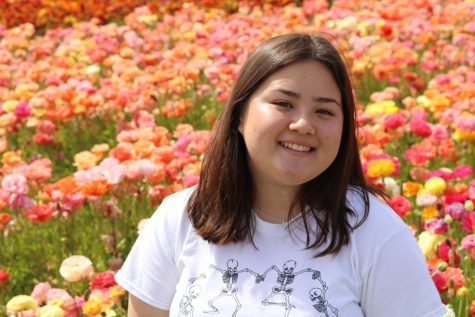
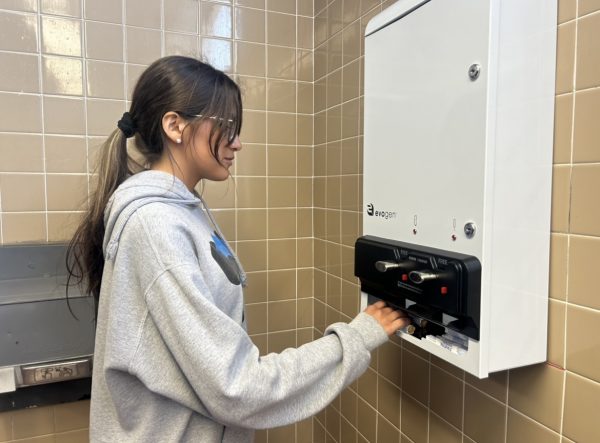
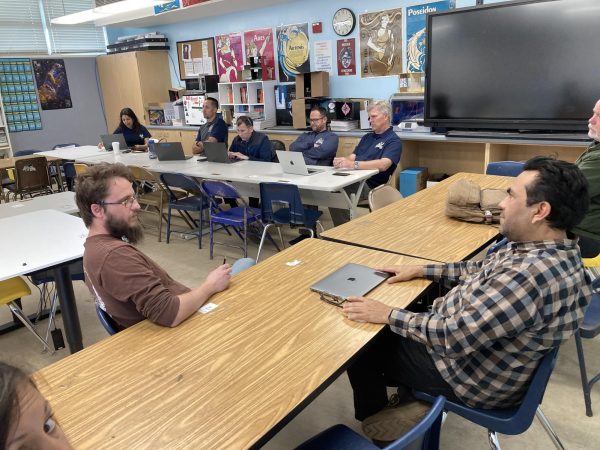
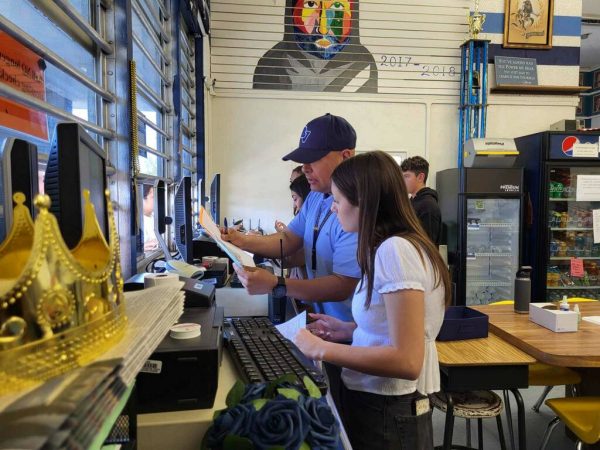


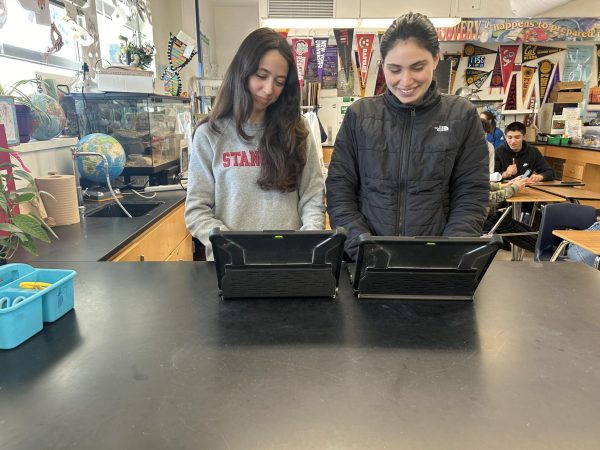
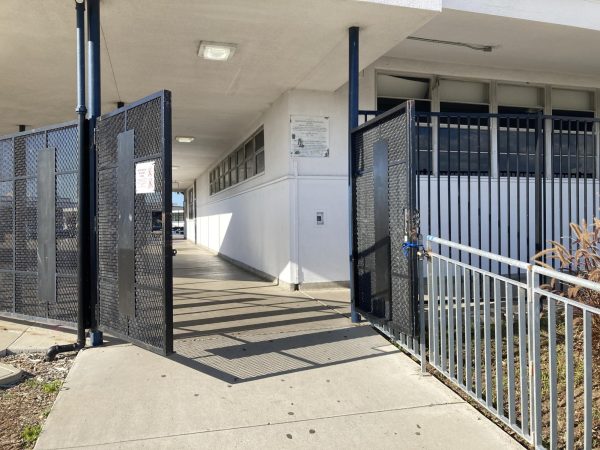



Eric Dauz • Aug 15, 2019 at 12:22 am
Awesome job! Content is so relevant in terms of students wanting to advance in certain subjects. Few resources to accommodate the young strong minds who embrace steep learning curves when most would not like to attempt. Great job Jenny. Obviously a Sunnyside Elementary School Alumni! Go Barons!
Paula Wilson • Aug 14, 2019 at 12:25 pm
Well done, Jenny!
Tiffany Dye • Aug 13, 2019 at 2:03 pm
Great job Jenny, I like it, it’s very good, you should be proud of yourself!